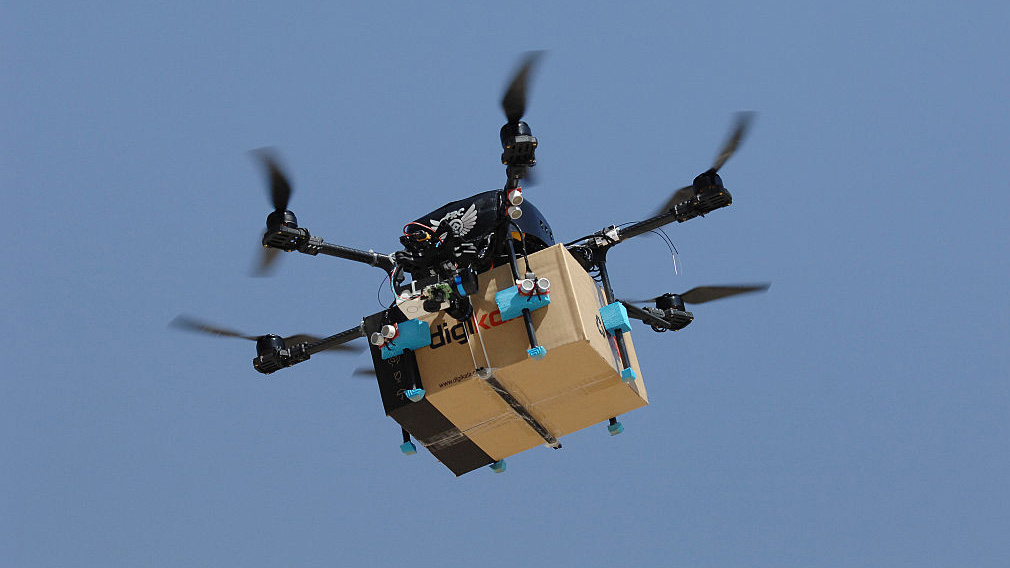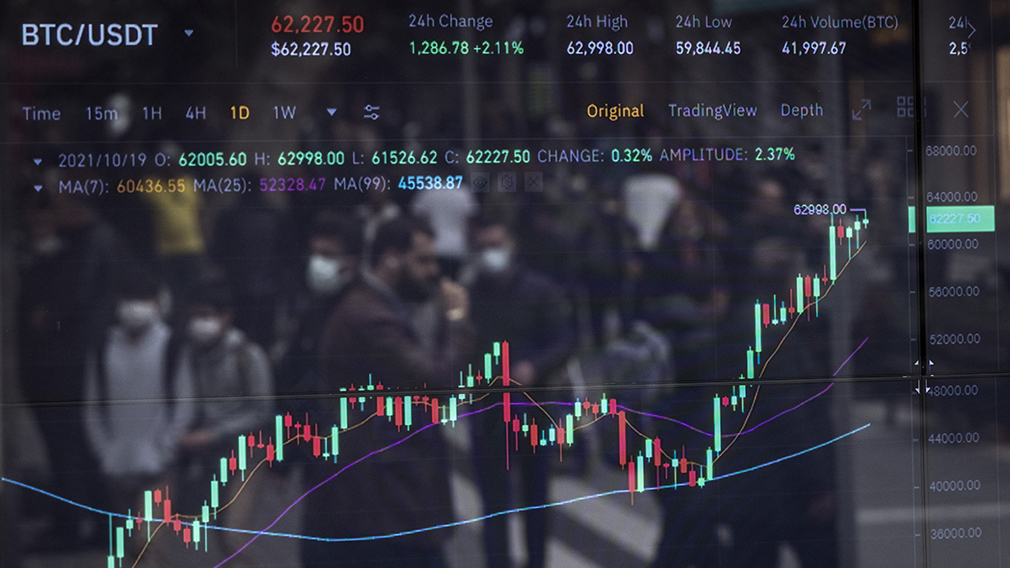Pizzas, parcels: Drones at your doorstep

(Getty Images)
With Domino’s Pizza making the world’s first commercial drone delivery last November, the prospect of drone deliveries to household front doors becoming a more common sight than the humble postie seems one step closer.
The delivery in New Zealand was a partnership between the pizza company and Australian start-up Flirtey, which has been working in this space for a number of years. Flirtey chief executive Matt Sweeny says the Domino’s delivery cemented his company’s position as leader of the drone delivery industry worldwide.
“The eyes of Silicon Valley and the world are on New Zealand, which has the most forward-thinking aviation regulations,” he says.
The small company also beat giants Amazon and Google to the punch last year when it partnered with 7-Eleven to begin its first Federal Aviation Administration-approved regular urban drone delivery service in the US. Amazon made its first commercial drone delivery in December.
Companies worldwide have been racing to find innovative and cost-effective delivery methods that meet customer demand, no more so than in Japan.
A boom in internet shopping saw 3.7 billion small-lot deliveries in Japan in 2015 - an increase of 10 per cent over five years. But an added complication is there are more single-member and dual-income households, which has meant fewer people are at home to receive their shipments. About 20 per cent need to be delivered again.
Logistics companies are worried that a combination in the growth of e-retail and a shortage of delivery workers will impact on their delivery networks.
The Japanese government announced in January it would start subsidising the installation of pickup lockers at train stations and convenience stores so multiple deliveries can be made at one time.
From April, the government will absorb half the cost to install the lockers across 500 new locations within the first year.
The system will see consumers pick up their packages during their commutes, but this is not new for some companies. Virtual mall operator Rakuten, for example, has delivery lockers throughout Japan, each with 10 to 20 compartments.
Although Australia is not facing the same dilemmas as Japan, it is also in the midst of a multi-billion dollar delivery boom. Millennials are driving this demand for doorstep deliveries, according to a recent survey by Open Location Platform company HERE.
In the survey of more than 1000 Australians, at least nine in 10 of those aged between 18 and 34 years were using home delivery services compared with less than half of 55 year olds.
Despite the demand, HERE’s APAC director Brent Stafford says it was not without its hiccups.
“There are signs of delivery drivers and cyclists facing navigation and congestion challenges with half of Australians complaining about late delivery, while a third have received ‘compromised goods’ like cold food,” he says.
Price was also an issue. Almost a third of those surveyed stated the service was overpriced.
Delivery is such a boom that, in November 2016, the first Home Delivery Asia Pacific conference was held in Melbourne. Solving the issue of late deliveries was a key agenda item.
“Trust and reliability are really vital to the growth of the industry and future adoption of the almost infinite on-demand possibilities on offer to Australians,” says Stafford.
While companies Domino’s, Menulog, Deliveroo, Foodora and UberEats are fiercely contesting this market, it does not just span food. Online shopping, transport and even on-demand labour and professional services are also in on the action.
“With a flood of new start-up players and many strategic alliances being formed right now, it’s important that industry works together to overcome some of the shared logistics and regulatory challenges they face,” says Stafford.
Business also needed to explore innovative new payment methods and the future of autonomous delivery, he added.
Despite the race for innovation, old methods are not done and dusted just yet in Australia.
“Auspost with Sartrack is probably still is and will be the leader due to the best coverage and competitive pricing, especially for non-bulky products, however more and more players are coming to the market,” according to Melbourne-based e-commerce consultant Alex Levashov.
Any company entering the online shopping space needs to set realistic expectations about delivery times - and to offer express delivery for those who wanted their purchase in a rush, he says.
“Businesses need to look at coverage, reliability, cost and ease of integration with their e-commerce platform.”
Unlike smaller countries such as Japan, Australia faces vast distances and low population density outside the capital cities.
“In metro areas, especially in Sydney and Melbourne, the situation is different and there are number of start-ups in delivery areas like Deliveroo or Uber Eats in restaurant food delivery,” says Levashov.
“If we talk about super innovative delivery methods like drone delivery, it is more experimental and PR actions rather than real business at the moment.
“It will be really interesting to see what approach Amazon, which is reportedly coming to Australia, will select with delivery.”
Amazon is renowned for high efficiency across all its operations, including inventory management, logistics and delivery. In the US, it introduced what it calls Amazon Prime, where a flat membership fee of $US10.99 a month sees subscribers get free and fast two-day delivery within the US, as well as access to digital media.
“It's a good example of business model innovation in shipping space. Will they introduce Amazon Prime in Australia? That’s the big question,” says Levashov.
This article was originally published on 15 March 2017 on Business Focus.
The views expressed are those of the authors and do not reflect the Westpac Group.



